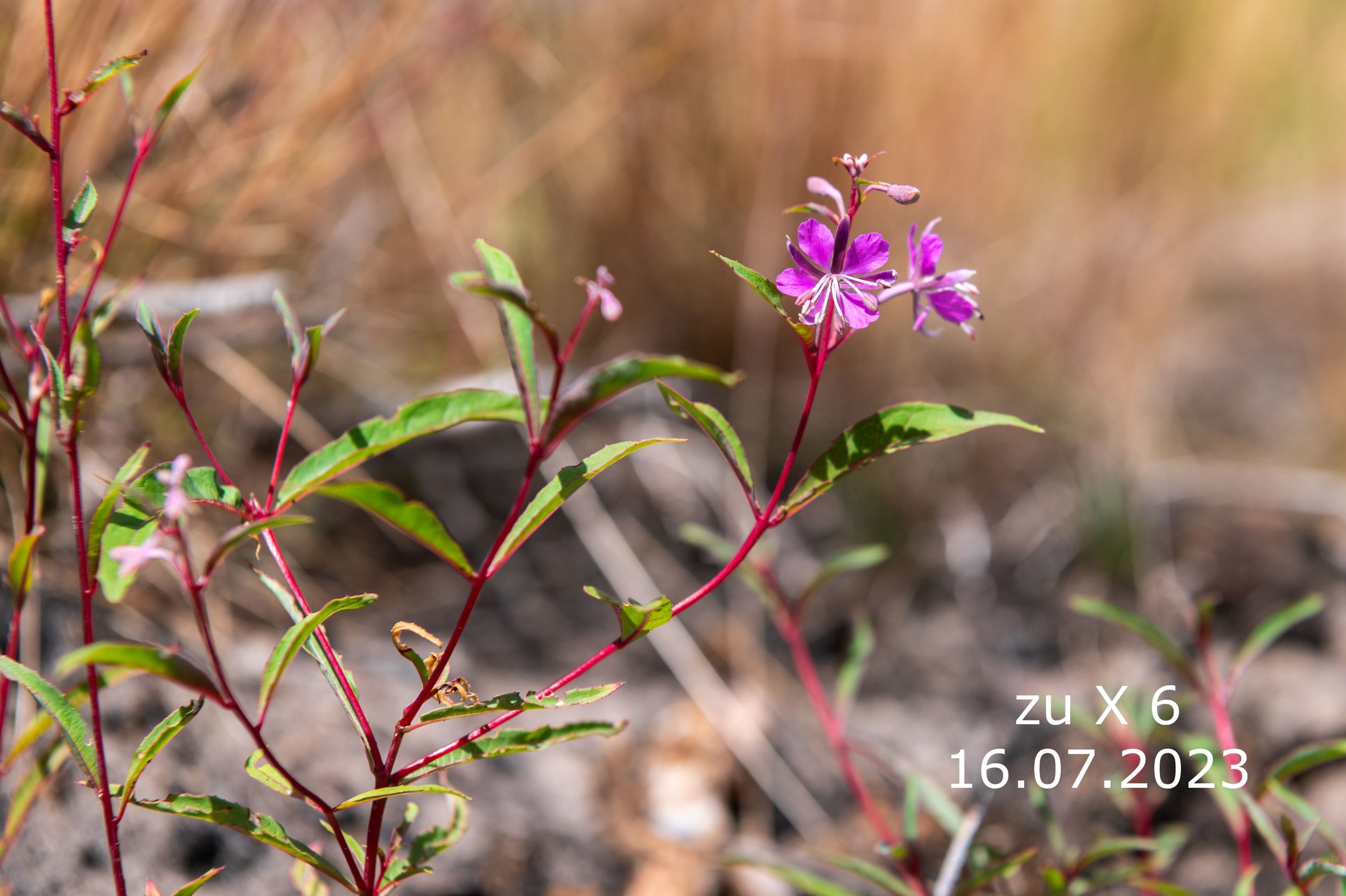
Vegetation - flourishing life after the fire
The vegetation is being analysed by the University of Potsdam.
A forest fire initially leads to greater diversity: more plant species can be found on the burnt areas.
So far, scientists at the University of Potsdam have been able to identify more than 200 plant and moss species on the research areas.
Plants can colonise burnt areas in different ways. Partly through seeds that are spread over long distances by the wind, partly through seeds that have been present in the soil for years. Some species can also sprout again after a fire.
After the forest fires, the pine forests studied in wilderness areas were significantly richer in species than most of the burnt, managed pine forests.
Typical initial colonisers of burnt areas, such as weather-indicating moss (Funaria hygrometrica), fountain liverwort (Marchantia polymorpha) and narrow-leaved willowherb (Epilobium angustifolium), grow on the research plots.
The picture gallery shows typical species:









